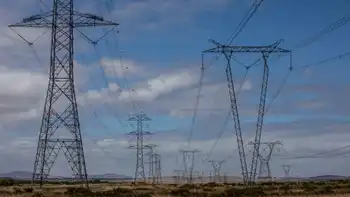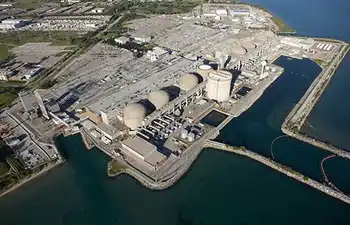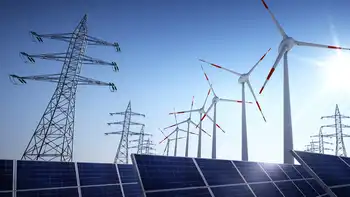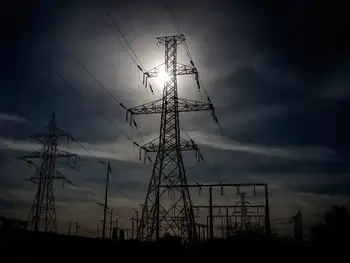Wyoming business leaders ponder energy future
The U.S. Department of Energy estimates that by 2030 worldwide energy consumption could grow by 55 percent.
Whether that demand can or will be met with fossil fuels will be a big determining factor in Wyoming's economic future.
This issue was the premise of a discussion at the Wyoming Heritage Foundation's 26th annual forum in Casper.
Mark Doelger, chairman of the Wyoming Pipeline Authority, noted that energy demand in the United States is projected to grow by 19 percent during the same period. The good news for Wyoming is that the U.S. Energy Information Administration estimates that coal will fill 82 percent of that portfolio, with uranium, hydroelectric and renewables filling in the rest.
Wyoming's natural gas production grew from 4 billion cubic feet per day in 2002 to 6.5 Bcf today, Doelger said.
"So we are doing very well in Wyoming," he said.
The region consumes only 1 Bcf per day during mild weather and 2.5 Bcf per day when it gets really cold. So exports are vital to the industry and to state revenues in the Rockies.
"We really live on those markets outside of the Rockies," Doelger said.
Continued expansion of pipelines will play a key role in Wyoming's energy future. Currently, there are nine proposed pipeline expansions and new construction aimed at increasing natural gas exports from the Rockies. Wholesale prices here will likely remain depressed compared to the rest of the nation until major expansions are made.
Mike Easley, president of Powder River Energy Corp. and chairman of the Wyoming Infrastructure Authority, said an important question to ask is, "What's going to happen to the person at the end of the line?"
If a cap-and-trade, carbon tax or some other carbon cost were imposed on the industry today, PRECorp.'s average residential customer in northeast Wyoming would see monthly bills go up from an average $75 to $85 (based on a carbon cost of $10 per ton), or an increase to $105 (if the carbon cost was $30 per ton).
The product and price menu for new electric generation technologies provides some distinct choices on cost, according to Easley.
A new coal-fired plant can be built at a cost of about $3,000 per kilowatt hour, which is in keeping with the $1.3 billion, 385-megawatt Dry Fork Station now under construction near Gillette.
Supercritical pulverized coal, which emits slightly less greenhouse gas than a traditional pulverized coal plant, would cost about $4,500 per kilowatt hour.
A combination wind turbine and natural gas plant would amount to $4,800 per kilowatt hour.
A natural gas turbine plant would cost $1,700 per kilowatt hour.
"Add the cost of CO2 capture on these and the cost goes up very, very fast," Easley said.
Rob Hurless, energy and telecommunications adviser to Gov. Dave Freudenthal, said meeting a 55 percent increase in world energy consumption by 2030 will require increasing all energy resources.
Related News

Prevent Summer Power Outages
WASHINGTON - As summer temperatures soar, millions of people across the United States face the grim prospect of electricity shutoffs due to unpaid bills. This predicament highlights a critical issue exacerbated by extreme weather conditions and economic disparities.
The Challenge of Summer Heatwaves
Summer heatwaves not only strain power grids but also intensify energy consumption as households and businesses crank up their air conditioning units. This surge in demand places considerable stress on utilities, particularly in regions unaccustomed to prolonged heatwaves or lacking adequate infrastructure to cope with increased loads.
Vulnerable Populations
The threat of electricity shutoffs disproportionately affects vulnerable…





